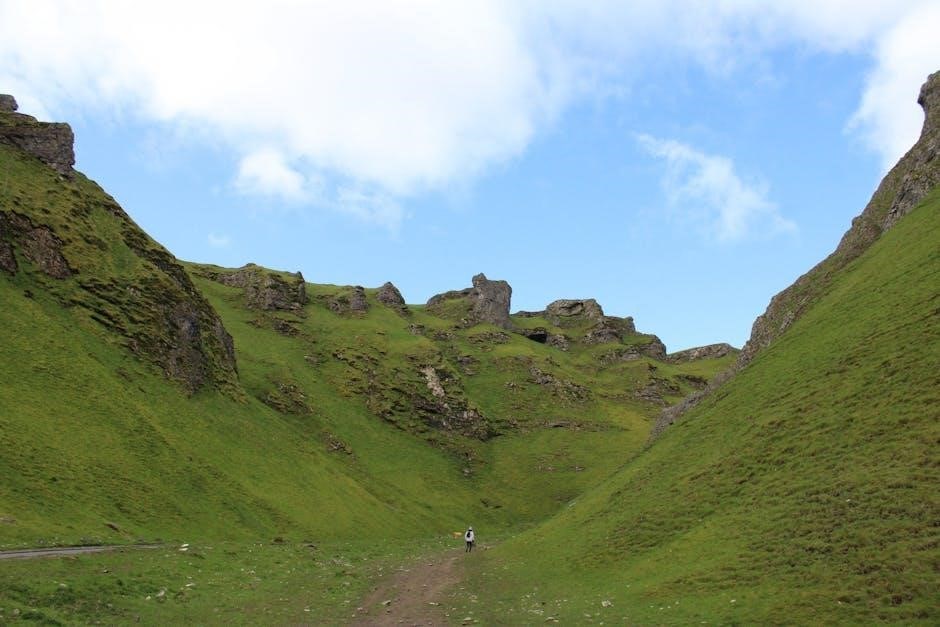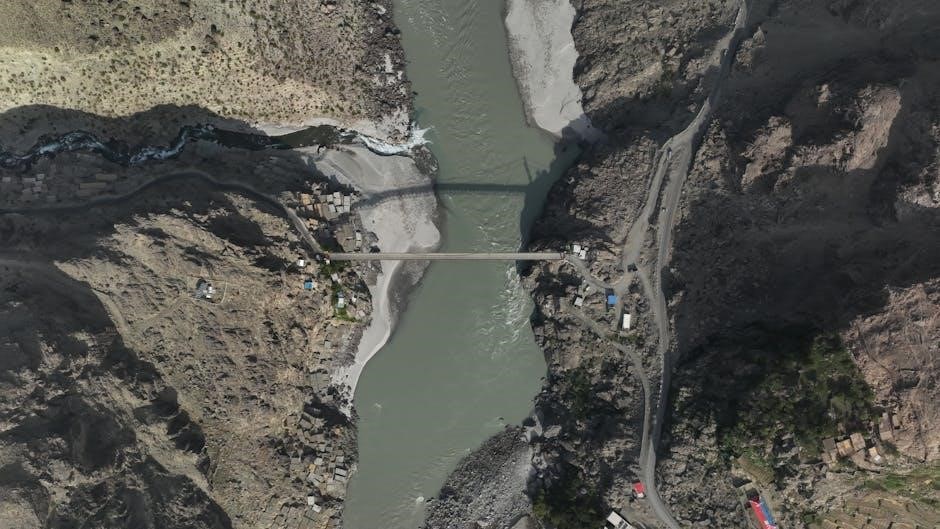The Indus Valley Civilisation was a Bronze Age civilisation with a rich history and culture, available to read in various pdf files and online resources for free download now easily.
Overview of the Civilisation
The Indus Valley Civilisation is one of the oldest civilisations in the world, with a rich history and culture that is still being studied today.
The civilisation was discovered in the 1920s and has since been the subject of much research and excavation.
Many books and articles have been written about the civilisation, and it is also possible to find information about it in pdf files and other online resources.
The civilisation is known for its sophisticated urban planning, architecture, and water management systems.
It is also notable for its unique art and craft, including pottery, jewellery, and other decorative items.
The Indus Valley Civilisation was a major centre of trade and commerce, with links to other civilisations in the region.
The civilisation’s legacy can still be seen today, with many of its ideas and innovations continuing to influence modern society.
Overall, the Indus Valley Civilisation is a fascinating and important part of human history, and there is much to be learned from studying it.
Its history and culture are a rich and valuable resource for anyone interested in learning more about the past.

Geography and Climate
The region has a varied geography with mountains and plains, receiving moderate rainfall of 125 to 625 mm annually, supporting forests and grasslands in the hilly areas naturally.
Location and Rainfall
The Indus Valley Civilisation was located in the western part of South Asia, in contemporary Pakistan and Western India, with a varied geography and climate.
The region receives a moderate rainfall, with the northern hills having much higher precipitation, resulting in a forested belt of the hilly regions.
The location of the civilisation played a significant role in its development, with the Indus River providing a source of water and fertile soil for agriculture.
The high rainfall in the northern hills also supported the growth of forests and grasslands, which in turn supported a variety of wildlife.
The geography and climate of the region were well-suited to the development of a complex urban civilisation, with the availability of natural resources and a favorable climate.
The location and rainfall of the Indus Valley Civilisation were important factors in its growth and development, and are still studied by historians and archaeologists today.
The region’s unique geography and climate made it an ideal place for the civilisation to flourish, and its legacy can still be seen in the modern-day cultures of Pakistan and India.
The study of the location and rainfall of the Indus Valley Civilisation provides valuable insights into the history and development of this ancient civilisation.

Culture and Lifestyle
The people wore simple cotton clothes and lived in well-planned cities with advanced drainage systems and public baths available online in pdf files for download now easily always.
Clothing and Attire
The Indus Valley Civilisation people wore simple cotton clothes, with men wearing a cloth around the waist like a dhoti and sometimes a long robe over one shoulder. Women wore a knee-length skirt, which was a common attire during that period. The clothing was made from cotton, which was a widely available fabric in the region. The people of the Indus Valley Civilisation also wore ornaments and jewelry, which were made from precious stones and metals. The clothing and attire of the Indus Valley Civilisation people were quite advanced and sophisticated, considering the time period in which they lived. The discovery of various clothing items and ornaments has provided valuable insights into the lifestyle and culture of the Indus Valley Civilisation people. Various pdf files and online resources are available for download, which provide detailed information about the clothing and attire of the Indus Valley Civilisation people. These resources are useful for researchers and historians who want to learn more about this ancient civilisation.

History and Discovery
Early mentions of the civilisation were made by Charles Masen in 1826, with excavations starting in 1921, led by Daga Ram Shana and Vatsa, now available in pdf files online.
Early Mentions and Excavations
The first mention of the possibility of the Harappan Civilization was made as early as 1826 by Charles Masen, with the Civilization being named by Sir John Marshal in 1924.
The discovery of the Indus Valley Civilization was made by Daga Ram Shana and Vatsa in 1921-22, with excavations starting soon after.
The excavations were led by prominent archaeologists, including S.R. Rao, who explored a maximum number of sites.
These early excavations and mentions have been well-documented in various pdf files and online resources, providing valuable information about the civilization.
The history of the excavations and discoveries is a fascinating one, with many archaeologists contributing to our understanding of the Indus Valley Civilization over the years.
Today, the history of the excavations and early mentions can be easily accessed and read in pdf files, allowing anyone to learn about this ancient civilization.
The early mentions and excavations have played a crucial role in shaping our understanding of the Indus Valley Civilization, and continue to be an important area of study.
The pdf files and online resources available today provide a wealth of information on this topic, and are a valuable resource for anyone interested in learning more.
The excavations and early mentions have helped to shed light on the history and culture of the Indus Valley Civilization, and have sparked further research and discovery.
The study of the early mentions and excavations is ongoing, with new discoveries and insights being made all the time, and the availability of pdf files and online resources has made it easier than ever to stay up-to-date with the latest research and findings.

Significance and Legacy
The Indus Valley Civilisation has great significance and legacy in human history and culture, with pdf files and online resources available to learn more about it now easily online every day.
Importance in Human History
The Indus Valley Civilisation holds a significant place in human history, with its contributions to the development of urban planning, architecture, and water management systems being truly remarkable. The civilisation’s advanced knowledge of engineering and mathematics is evident in the sophisticated drainage systems and well-planned cities that have been discovered. The Indus Valley Civilisation’s importance in human history is also reflected in its influence on the development of subsequent civilizations in the region. The civilisation’s unique cultural practices, such as its distinct art and craftsmanship, have also had a lasting impact on the region’s cultural heritage. Furthermore, the Indus Valley Civilisation’s trade networks and commercial activities played a crucial role in the exchange of goods and ideas between ancient civilizations. Overall, the Indus Valley Civilisation’s importance in human history is a testament to the ingenuity and creativity of its people, and its legacy continues to inspire and fascinate people around the world. The civilisation’s history and culture can be learned from various pdf files and online resources available for free download.





